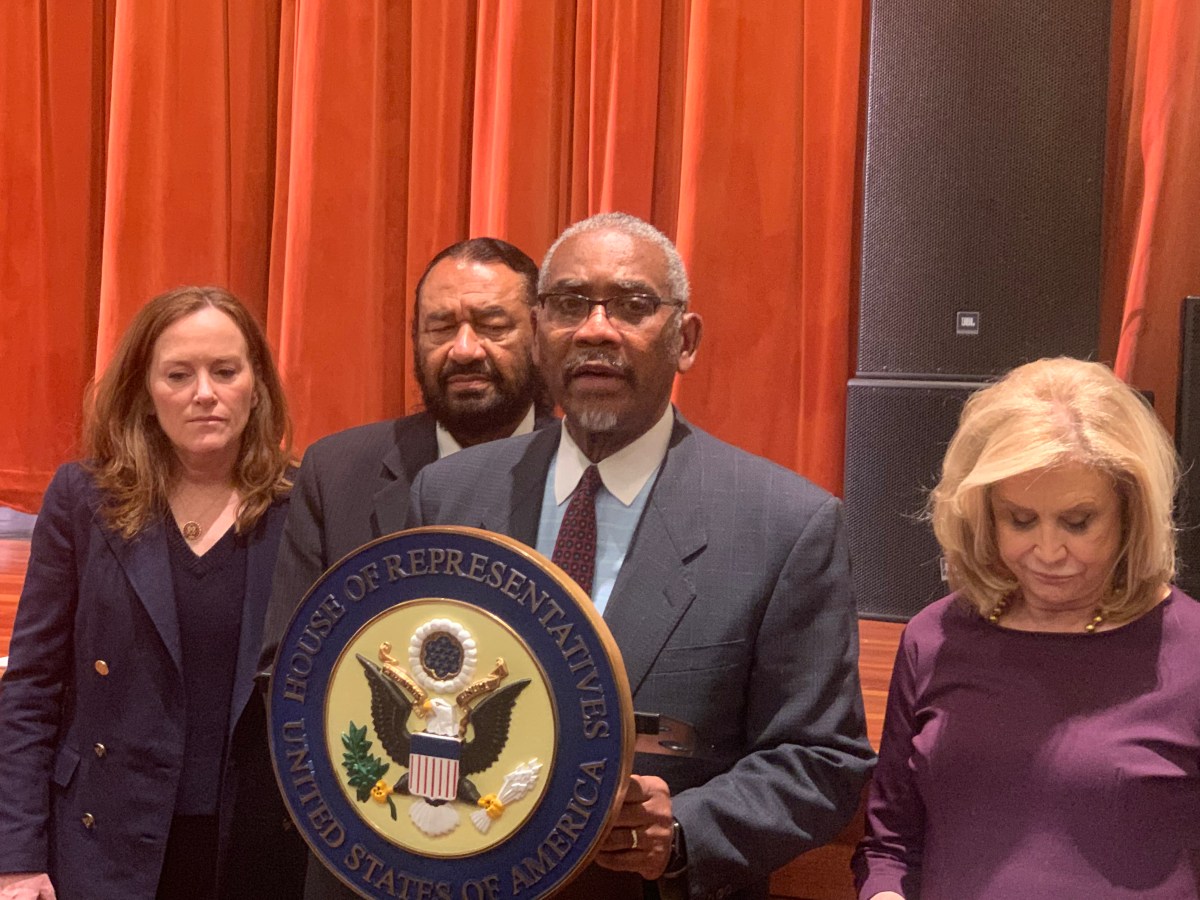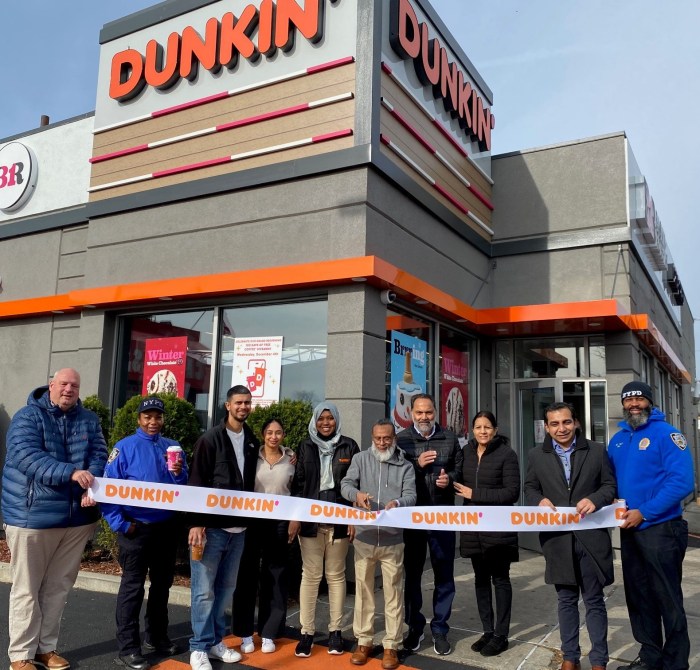A rare Congressional field hearing was held March 6 at the Jamaica Performing Arts Center on the issue of modern-day redlining and how it persists in banking deserts such as southeast Queens.
The House Financial Services Subcommittee on Consumer Protection and Financial Institution, chaired by Congressman Gregory Meeks, released a new analysis confirming that race, and in particular the density of black and Hispanic populations, is the predominant determinant of bank branch density, or banking deserts.
The study isolated Census data and found that Queens zip codes with less than 25 percent black and Hispanic populations had a total of 193 bank branches, for a total population of 609,655 people, or one for every 3,159 people.
Whereas ZIP codes with over 75 percent black and Hispanic populations were found to have one bank branch for every 22,936 people, meaning those neighborhoods of color have seven times fewer bank branches.
“My office’s analysis proves what we’ve anecdotally seen here in Queens all along: the more a community is black and brown, the less banks you see,” Meeks said. “What’s startling here is just how disproportionate that reality is. Redlining cannot be spoken about in the past tense, a dark chapter in our nation’s history. Despite our proximity to Wall Street, redlining is very much still present here in Queens, hurting minority communities’ ability to get a loan to start a small business or a mortgage to get a home and lift themselves into the middle class. I suspect it is very much present throughout much of America’s minority communities.”
During the hearing, Meeks was joined by his colleagues, including Congresswoman Carolyn Maloney and Congresswoman Alexandria Ocasio-Cortez, who heard testimony from a panel of experts on affordable housing and banking marginalized communities, including from the Association for Neighborhood and Housing Development, Chhaya CDC, Neighborhood Assistance Corporation of America, National Association for Latino Community Asset Builders, and the National Bankers Association.
The Community Reinvestment Act has, over the past four decades, spurred hundreds of billions of dollars in lending to low- and middle-income communities but the Trump administration and the Federal Deposit Insurance Corporation declared it’s out of date and in need of an overhaul.
“The witnesses we heard from today are some of our closest allies here at home, who share our commitment to ensuring services for unbanked and underbanked communities,” Maloney said. “Together, we are fighting to preserve the Community Reinvestment Act to combat redlining, and to protect minority banks, credit unions, and CDFLs in these underserved communities. These institutions are empowering our neighbors and the small businesses that make our communities thrive and we cannot let the Trump administration gut the CRA and make it even easier for banks to avoid lending to low-income and underserved communities. The administration’s proposal is so misguided that even the Federal Reserve refused to join it. I’m committed to fighting this deeply harmful proposal because we must ensure that banks continue to lend to those who need it most. Access to banking services shouldn’t depend on your ZIP code.”
The public comment period on CRA reforms has been extended to April 8.
“Redlining is among the unfinished business of the Civil and Human Rights Movements,” Texas Congressman Al Green said. “Today’s hearing has provided an avenue to assess and remediate the alarming facts and harmful effects of banking deserts as well as discrimination in communities of color.”






































